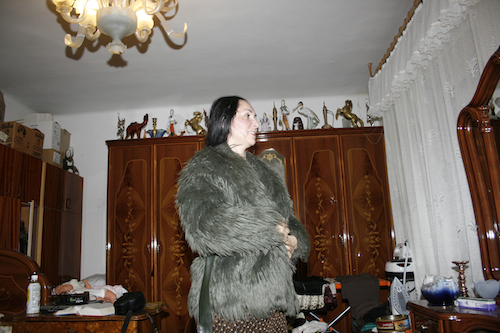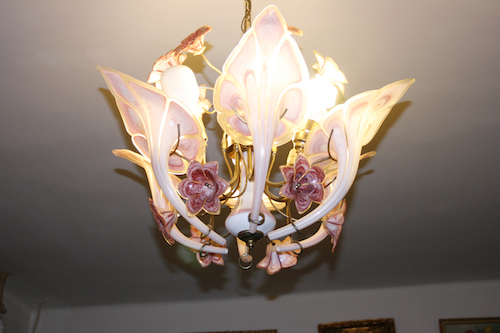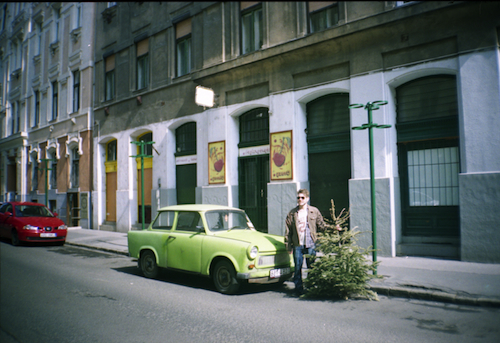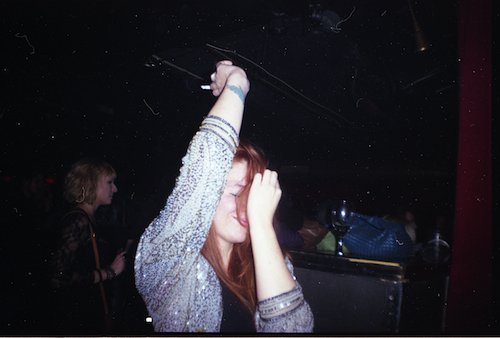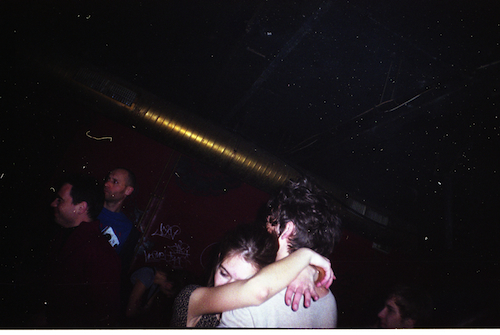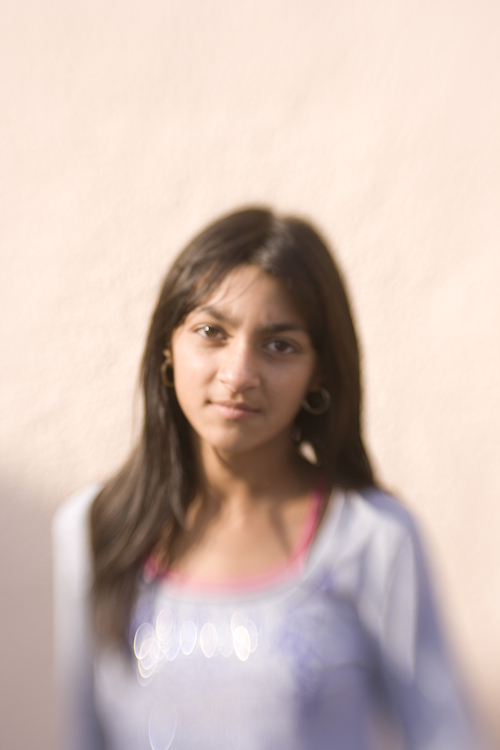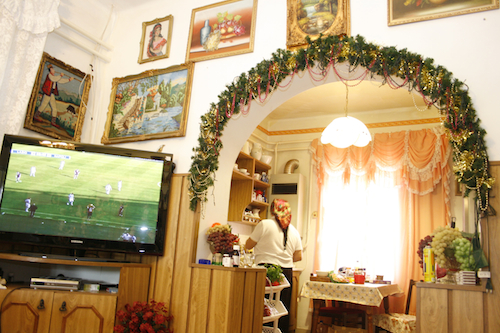Villamos Sandwitch : A Hungarian young lady standing between the famous vertebral column of Budapest, the beloved Hungarian calling card, the Budapest Villamos.
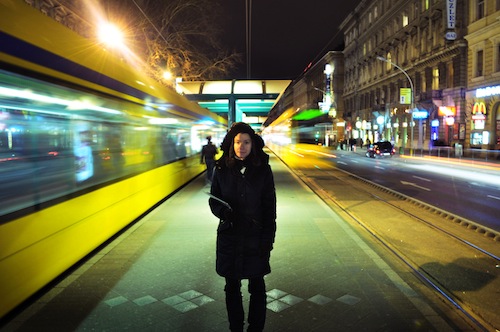
A tale of two banks : Hungarian bridges, a distinctive feature of the Hungarian capital. A breathetaking view of the Margit bridge captured from the Pest side.

Canoeing In tesza : A popular activity practiced in the Tisza river, Dramatic atmosphere
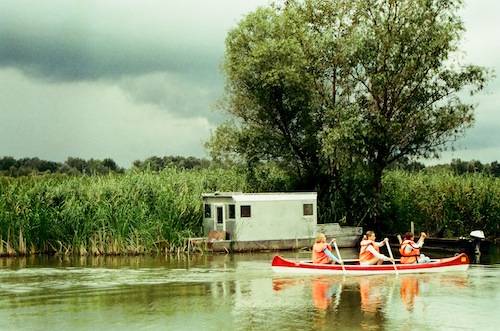
Trampol-in-Budapest : A youngster falling on a trampoline installed in Margit Island. Diverse activities enjoyed by teenagers show the versatile facets of Hungarian adolescense.
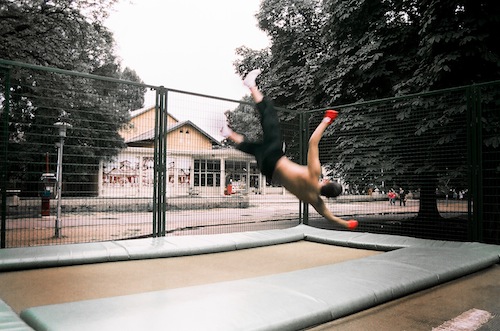
Nyitva : A couple of prototypical shop signs in one of Budapest's street, comprising the essence of magyarness on a plate of wood.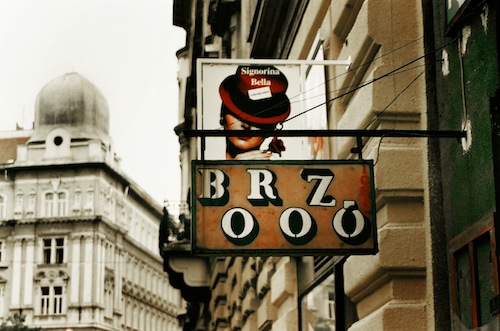
"Mondd, mit érlel annak a sorsa..."
A magyar irodalom nagyjai szavakba foglalták gondolataikat, a fotók képekben kommunikál a külvilággal és mondja el, hogy mit érez és mit lát.


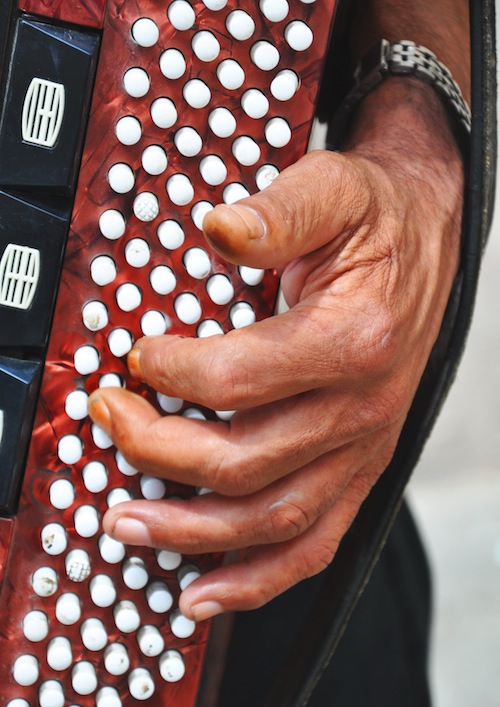
Az én Lánchidam
1849-es híd avatás óta sok víz folyt már le a Dunán, de a híd továbbra is összekötő kapocs, olyan mint egy (P)ESTI MEDÁL, mindig visszatérünk oda, ahonnan elindulunk.

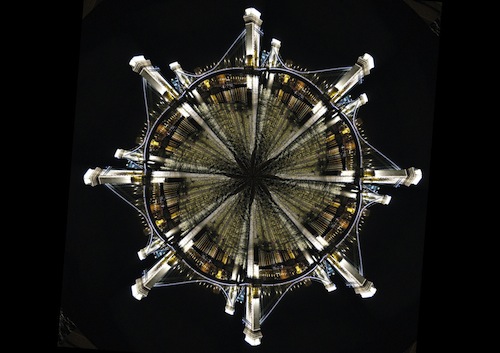
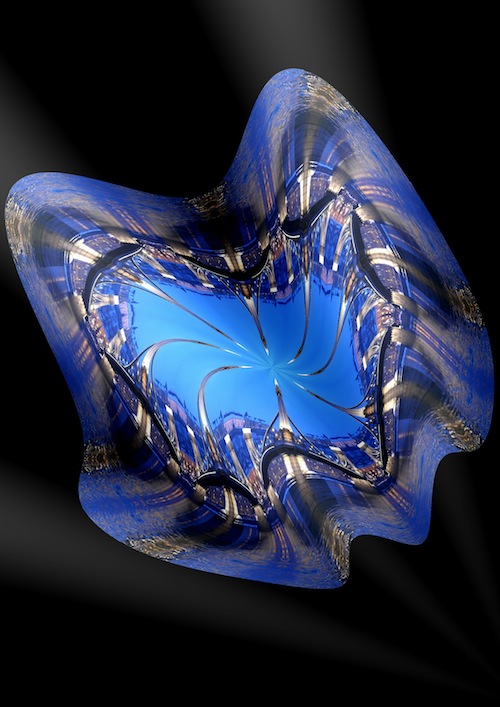
ÉRTED?! NEM ELLENED!
... vagy ahogy a költő mondaná "...ÉS MI MÉGIS LÁNCOT HORDUNK...."
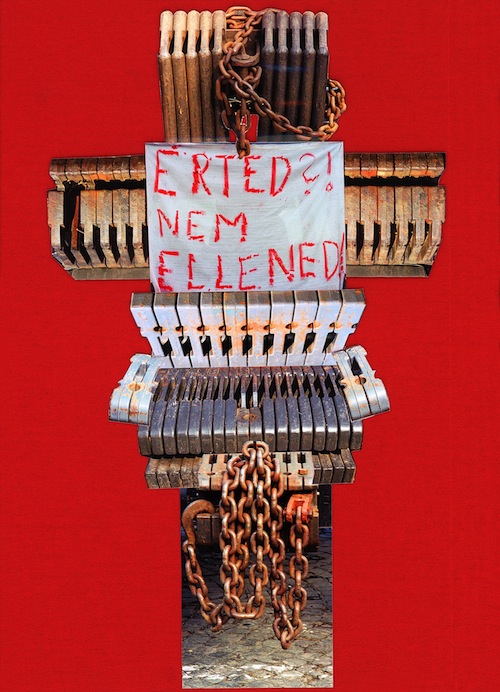
CSONTVÁRY ÉS UTÓDAI
A pécsi Csontváry Gyűjtemény kiállító termében a festő egyik remekműve előtt állnak a kései látogatók, és folytatják Csontváry gondolatait ott, ahol a festő azt befejezte és letette az ecsetet. A jó mű sok gondolatot közöl a késői utókorral.
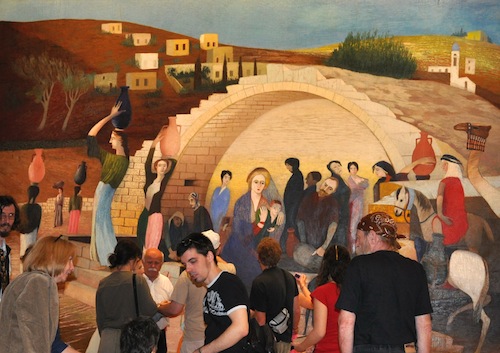
ÉJFÉLI IMA EREJE
A budapesti belvárosi templomban minden évben Karácsonykor éjféli misét celebrálnak, a hívek lélekben feltöltve sétálnak ki a kivilágított templomból. Az ünnepi kivilágítás is emeli az esemény fényét és a mise végén a hívek egymás kezét fogva, szinte kört alkotva zárják le az ünnepet.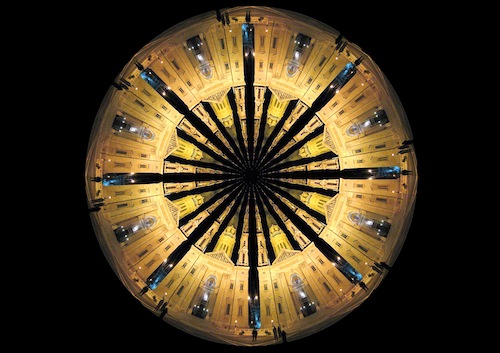
1.: On March 15th Hungarian people celebrate the revolution of 1848. It was a rainy day, when the Hungarian youth in Budapest was marching along the streets of the capital. For them it was a successful day, because the managed to take the first step to set Hungary free. Nowadays people wear cockades to symbolise their "Magyarness".
2.: Hungarian cuisine is well-known from all over the world. Many people know the famous "pacalpörkölt" or the delicious "pogácsa". But what's up with cakes? On this day every Hungarian confectioner wants to do their best.
3.: Are you hung(a)ry?
4.: Playing is a funny and effective way to get know our country. It was very witty to write "CZÉL" instead of "CÉL". ;-)
5.: It is known, that Hungarians like celebrating - but who knew that some Hungarian dogs have national identity, too?
6.: "Szép a huszár, ha felül a lovára..." Lots of Hungarian folksongs are about sad knights, who are missing their families. But nowadays they don't have to worry - today's technology will sort out these problems!
Millenary
The site of the former Ganz Machine Works has been transformed into the Millenaris Park with water features, vineyards and plots of corn to represent different regions of Hungary.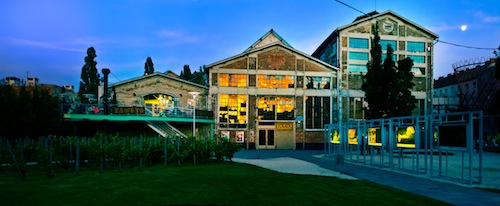
Kiránt-beránt
A Magyar néprajzi lexikon (szerk. Ortutay Gyula, Budapest : Akadémiai K., 1977-1982) szerint: "(a) rántás zsiradékban pirított liszt, ami folyadéktartalmú főtt ételek (leves, főzelék, mártás) sűrítésére szolgál. ... A régi nyelvben a ránt, rántás szó sütési műveletet jelentett, a legkülönbözőbb élelmiszereknek – köztük vöröshagymának is – zsiradékban való megsütését, pirítását..."
A mai szóhasználatban is rántásnak nevezzük a főzelékek sűrítését, de rántottnak nevezzük a forró zsíradékban kisütött húst, stb. is. - a lexikon megmutatja a két szó közös eredetét.
A két főzési mód számtalan alapanyag esetén alkalmazható és előszeretettel élnek is vele a háziasszonyok. Kirántanak szinte mindent, amin a panír megtapad, ezzel egyforma bundába, egyenruhába vagy ha úgy tetszik, kamuflázsba kényszerítik az élelmiszerek formagazdag sokaságát. A főzelékek esetében más a helyzet: alapanyagként csak zöldségfélék jönnek szóba, és itt többé-kevésbé megmarad a szín, ellenben elveszni látszik a forma, és ezzel együtt az állag, a halmazállapot egységesül.
(A képeken rántott brokkoli, csirkeszárny, hagymakarikák, csirkecomb, gomba, párizsi, palacsinta, cukkini, csirkemáj, camembert, tőkehalfilé, karfiol, ponty, padlizsán, zeller, sajt, hús, halrudacskák; illetve spenót-, finom-, lencse-, krumpli-, szárazbab-, sárgaborsó-, paradicsomos káposzta, karfiol-, sóska-, zöldborsó-, tök-, és kelkáposztafőzelék látható.)
Ez a dupla képpár a Magyarország Szubjektív Atlasza projekt keretében készült 2010-ben.
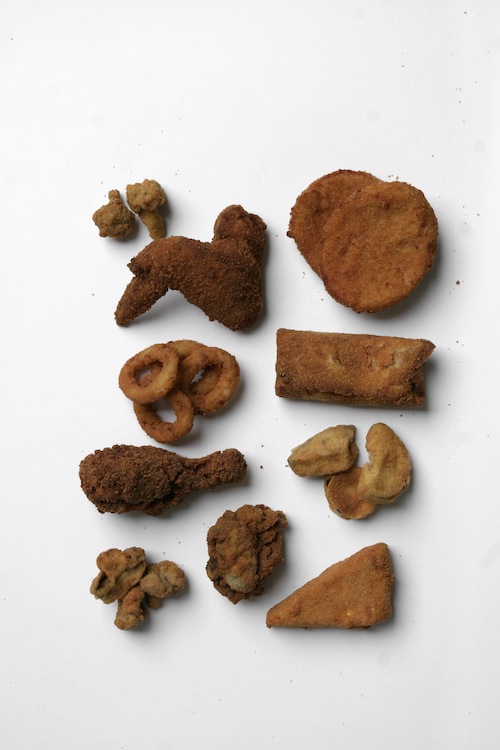
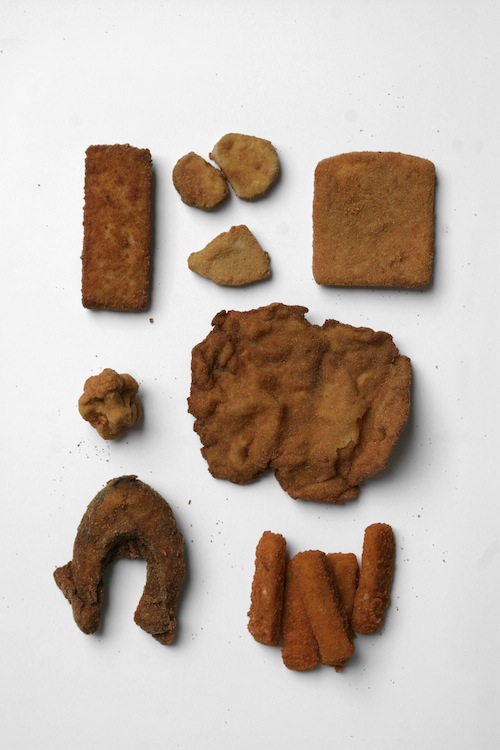
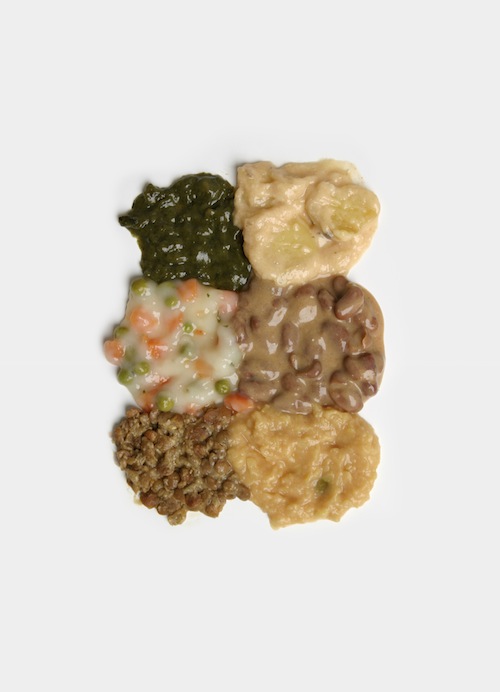

"This photos are the result of an experiment I tried to achieve while I was studying in Budapest, on the Erasmus program. In the few months I lived there, I could not help to notice the older citizens, their clothes, particular facial expressions, and busy life in the city, made them look like very typical characters to me. I tried several times to make a classic portrait photography series of Budapest old people, but all my attempts to talk to the people and ask them to take their portrait failed totally, as my hungarian is very poor and old people are generally suspicious. The whole process offered me some of the funniest (and sometimes very akward) moments of my contact with the Hungarian culture. In the end, i gave up all my specific ideas about this pictures and I just walked around the main avenues of Budapest taking fast pictures without any kind of permission. This work (complete in its totality by 8 pictures) tries to keep the colorful moving rush of the city and the unique characteristics of its people, and to be an honest, clear document on a relation between a curious outsider and the local inhabitants of a place."





